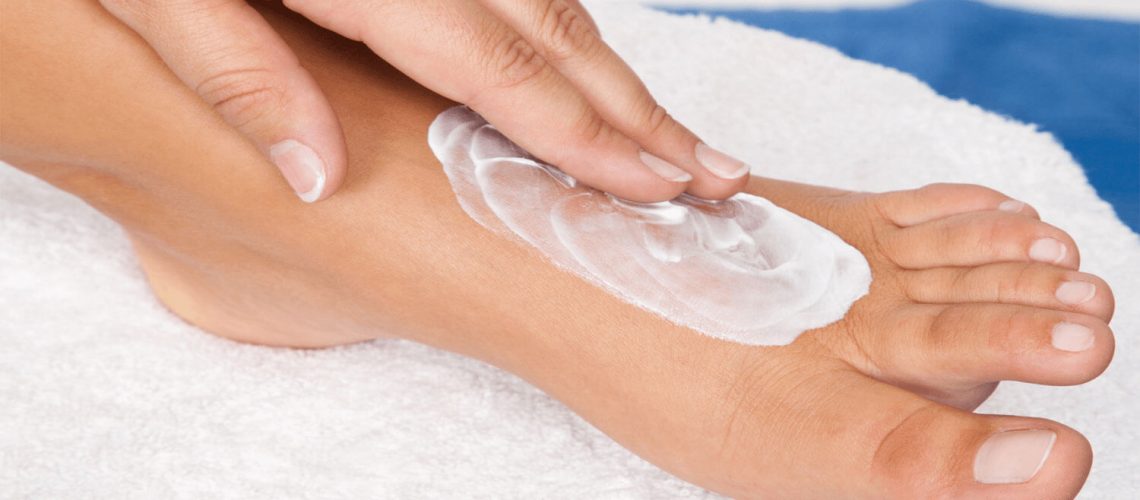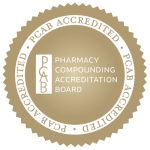Melasma is a common condition seen in dermatology offices. It is not a major health risk, but more of an unpleasant esthetic concern with considerable psychological impacts. There are many cosmetic products available in stores, but many patients prefer prescription strength items for faster and more complete results.
Even when seen by the dermatologist, the management of melasma is challenging and requires a long-term treatment plan. In addition to avoidance of aggravating factors like certain oral medications and ultraviolet exposure, topical therapy remains the mainstay of treatment.
Dermatologists will usually prescribe topical medications from various drug classes:
- Skin whitening agents are the major component of melasma treatment. Hydroquinone, kojic acid, azelaic acid, arbutin, etc., are a few examples of active ingredients in this category. Hydroquinone – to this day – is still a controversial ingredient because of its potential for serious side effects in some patients. The mechanism of action for these drugs is as a tyrosinase inhibitor (TI) or chemical that inhibits pigment synthesis (PI). Many of the products containing these ingredients are commercially available as cosmetic items and they do not require a prescription.
- Corticosteroids – are usually used in combination with other medications due to their potential unwanted side effects. Melanocytes respond to a wide variety of chemical mediators. The inhibitory effects of corticosteroids on the synthesis of mediators like prostaglandin and leukotriene may partly explain their effects on melanogenesis. Products containing corticosteroids usually require a prescription.
- Acids – alpha hydroxy acids – glycolic, lactic, malic, tartaric, citric acids are the most commonly known and used, particularly in cosmetic products and procedures. Beta hydroxy acids – such as salicylic acid is the most commonly used, both for cosmetic and medicinal purposes. Acids have powerful exfoliating properties thus aiding in skin cell renewal with anti-aging effects.
- Retinoids – belong to a class of powerful chemical compounds, as vitamers of vitamin A. They regulate epithelial cell growth and are used in the treatment of a number of dermatological conditions such as inflammatory skin disorders, disorders of increased cell turnover (e.g. psoriasis), photoaging, and skin wrinkles.
In a regular dermatology office, the patient with melasma will leave the office with two or more prescriptions for the condition. Each prescription will have a different set of instructions for administration. Imagine the difficulty and confusion in following these instructions, especially if the patient is taking other medications for other conditions. Another important aspect is the price for all the prescriptions combined, as probably the insurances will not cover these medications, considering them cosmetic issues.
Pharmaceutical compounding – as a reliable ally for the successful dermatology practice – comes to the rescue for the benefit of the patient in many of these areas.
- The dermatologist can combine and incorporate the needed active ingredients in the exact strengths that best meet the patient’s unique needs for melasma treatment in one compounded topical medication.
- The dermatologist can select the most appropriate base/combination of bases that the patient’s skin will best tolerate.
- Selecting the right ingredients, in the right strength and in the right base in one compounded medication will help reduce the (cumulative) side effects of multiple commercial products
- Personalized care is precious on its own and is even more appreciated when it comes with extra benefits. The patient will pay the price of one item only rather than paying for several different medications.
As patient’s satisfaction is the primary goal for any dermatologist, pharmaceutical compounding is a must in achieving it. Look for a reliable compounding pharmacy that will help you enhance the success of your practice.
Let HALDEY Pharmaceutical Compounding be your chosen, trustworthy partner in providing compounded dermatology solutions for your patients.
References:
Rigopoulos D, Gregoriou S, Katsambas A. Hyperpigmentation and melasma. J Cosmet Dermatol. 2007; 6:195–202. [PubMed]
Prignano F, Ortonne JP, Buggiani G, Lotti T. Therapeutic approaches to melasma. Dermatol Clin. 2007; 25:337–42. [PubMed]
Draelos ZD. Cosmetic therapy. In: Wolverton SE, editor. Comprehensive Dermatologic Drug Therapy.2nd ed. Philadelphia: Saunders; 2007. pp. 761–74.
Zawar VP, Mhaskar ST. Exogenous ochronosis following hydroquinone for melasma. J Cosmet Dermatol. 2004;3:234–6. [PubMed]
Draelos ZD. Skin lightening preparations and the hydroquinone controversy. Dermatol Ther. 2007;20:308–13. [PubMed]
Halder RM, Richards GM. Topical agents used in the management of hyperpigmentation. Skin Therapy Lett. 2004;9:1–3. [PubMed]
Lowe NJ, Rizk D, Grimes P, Billips M, Pincus S. Azelaic acid 20% cream in the treatment of facial hyperpigmentation in darker-skinned patients. Clin Ther. 1988;20:945–59. [PubMed]
Baliña LM, Graupe K. The treatment of melasma 20% azelaic acid versus 4% hydroquinone cream. Int J Dermatol. 1991;30:893–5. [PubMed]
Stefanaki C, Stratigos A, Katsambas A (June 2005). “Topical retinoids in the treatment of photoaging”. J Cosmet Dermatol. 4 (2): 130–4. doi:10.1111/j.1473-2165.2005.40215.x. PMID 17166212
Kalla, G; Garg, A; Kachhawa, D (2001). “Chemical peeling – Glycolic acid versus trichloroacetic acid in melasma”. Indian Journal of Dermatology, Venereology and Leprology. 67 (2): 82–4. PMID 17664715




